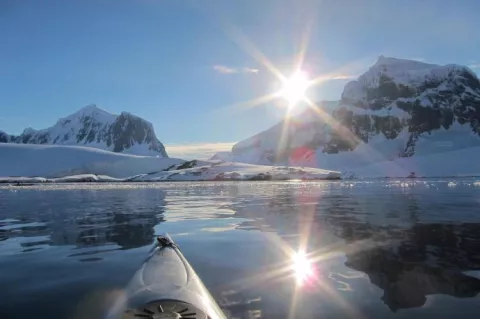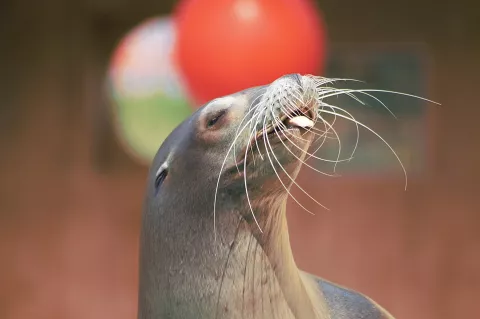Antarctic wildlife threatened by lingering hole in ozone layer
The ozone layer is back on our radar. Although its condition has improved after the Montreal Protocol was implemented, the hole reappears every spring over the Antarctic.
In recent years, it is no longer just a winter phenomenon anymore; it's stretching into the early summer, coinciding with crucial times in the life cycles of local wildlife and emerging vegetation, exposing them to the sun's ultraviolet rays. As our planet changes, the timing of this exposure could have profound effects on the delicate ecosystems of the Antarctic.




